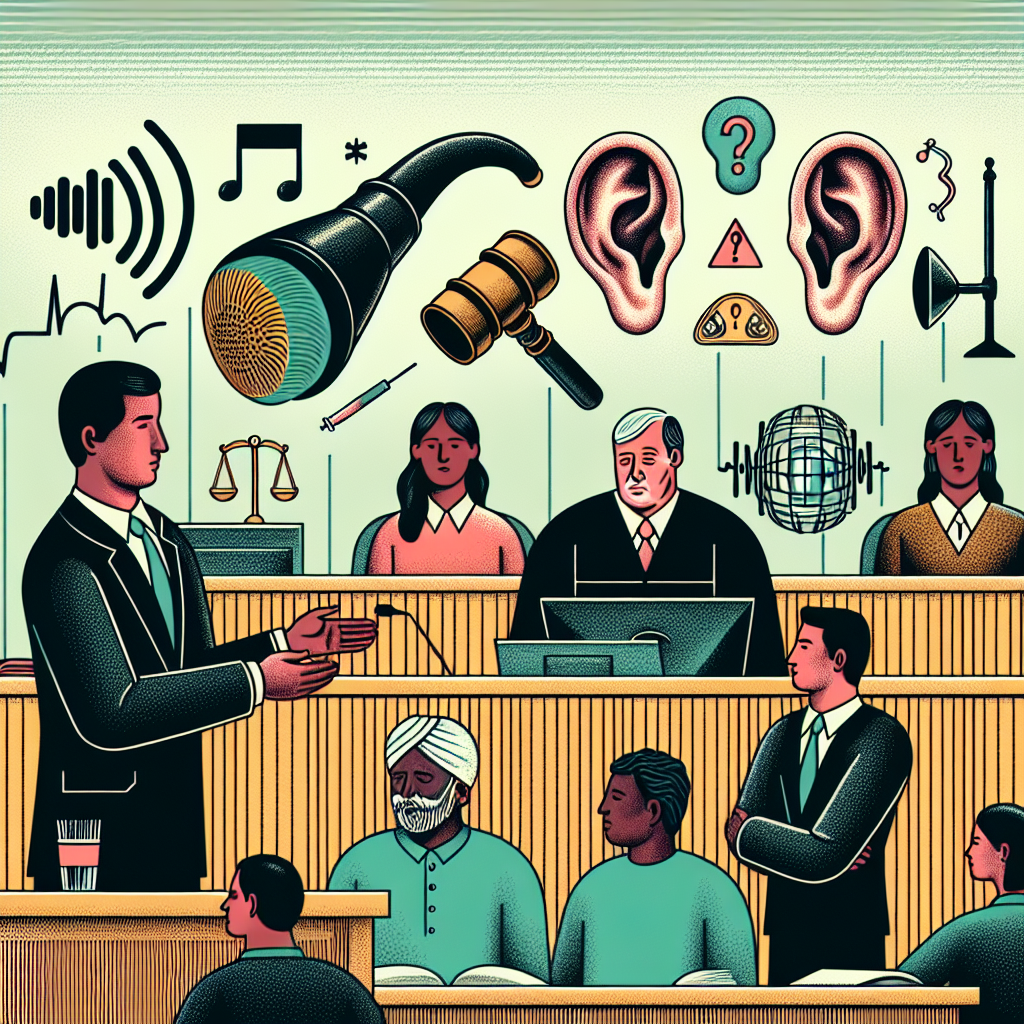3M Tinnitus Lawsuit: Seeking Justice for Those Affected

Living with tinnitus can be a daily struggle, as the constant ringing or buzzing in the ears can disrupt one’s quality of life. For many individuals, this condition is a result of exposure to loud noises, such as those experienced in certain workplaces. In recent years, a significant number of individuals have filed lawsuits against 3M, a multinational conglomerate, claiming that their products have caused or worsened their tinnitus. This article delves into the 3M tinnitus lawsuit, exploring the background, legal proceedings, and potential implications for those affected.
The Background: 3M’s Role in Tinnitus Cases
3M is a well-known company that produces a wide range of products, including earplugs. These earplugs, known as Combat Arms Earplugs Version 2 (CAEv2), were specifically designed for military personnel to protect their hearing during combat. However, allegations have surfaced that these earplugs were defective and failed to provide adequate protection, leading to hearing damage and tinnitus.
According to the lawsuits, 3M was aware of the design flaw in the earplugs but failed to disclose this information to the military. The earplugs were too short to fit properly in the ear canal, potentially allowing dangerous levels of noise to enter. As a result, thousands of military personnel who relied on these earplugs may have suffered hearing damage and developed tinnitus.
The Legal Proceedings: Seeking Compensation and Accountability
The 3M tinnitus lawsuits have gained significant attention, with thousands of individuals seeking compensation for their injuries. These cases have been consolidated into a multidistrict litigation (MDL) in the United States District Court for the Northern District of Florida. The MDL allows for more efficient handling of similar cases, streamlining the legal process for both plaintiffs and defendants.
During the legal proceedings, evidence will be presented to determine whether 3M was negligent in designing and manufacturing the earplugs. Plaintiffs will need to demonstrate that their tinnitus was directly caused or worsened by the use of 3M’s defective earplugs. Expert witnesses, medical records, and other forms of evidence will play a crucial role in establishing a causal link between the earplugs and tinnitus.
Potential Implications: Justice for Those Affected
If the plaintiffs are successful in proving their case, they may be entitled to compensation for their medical expenses, pain and suffering, and other damages resulting from their tinnitus. Additionally, a favorable outcome in the 3M tinnitus lawsuit could lead to increased awareness about the importance of proper hearing protection and encourage companies to prioritize the safety of their products.
Furthermore, this lawsuit may prompt 3M to reassess its practices and take responsibility for any harm caused by their defective earplugs. It serves as a reminder to companies that they have a duty to prioritize consumer safety and ensure that their products do not pose unnecessary risks.
Conclusion
The 3M tinnitus lawsuit sheds light on the potential consequences of defective products and the importance of holding companies accountable for their actions. As the legal proceedings unfold, it is crucial to remember the individuals who have been affected by tinnitus and seek justice for their suffering. This case serves as a reminder that consumer safety should always be a top priority, and companies must be held responsible for any harm caused by their products.







